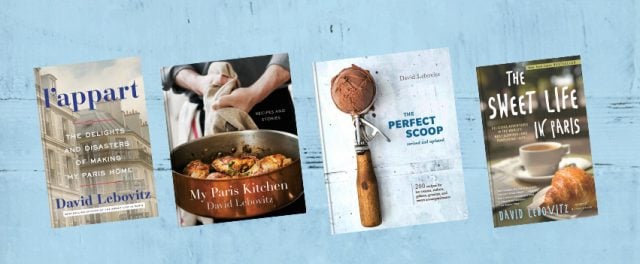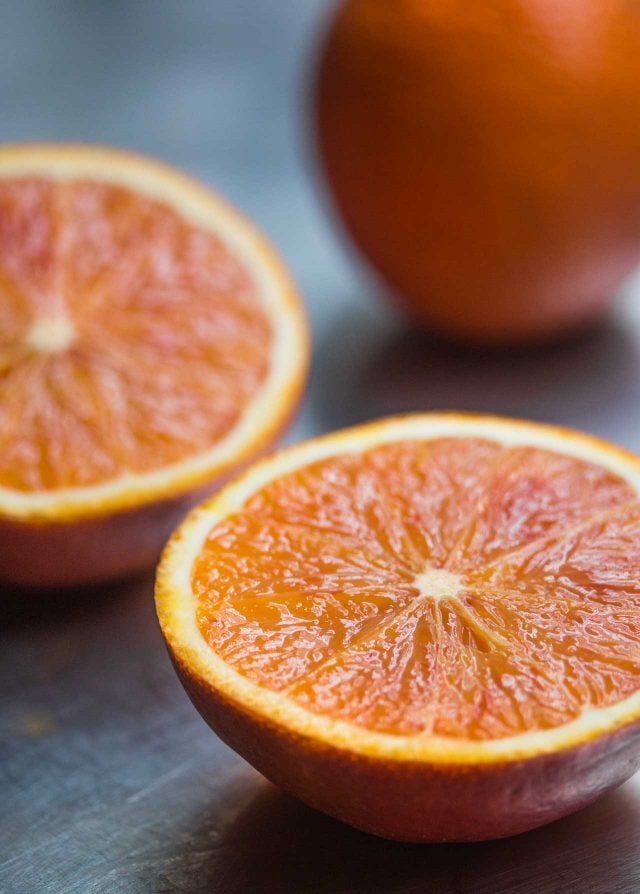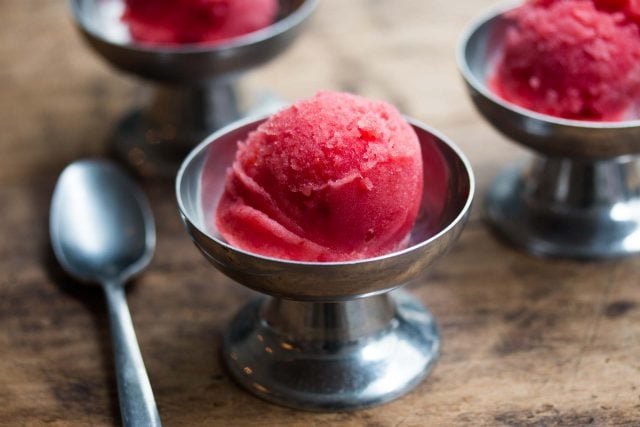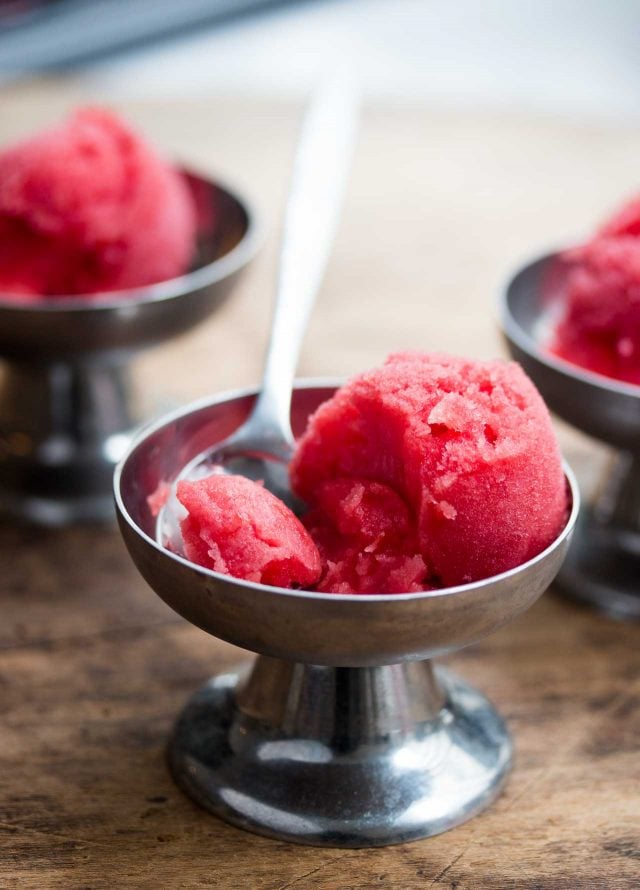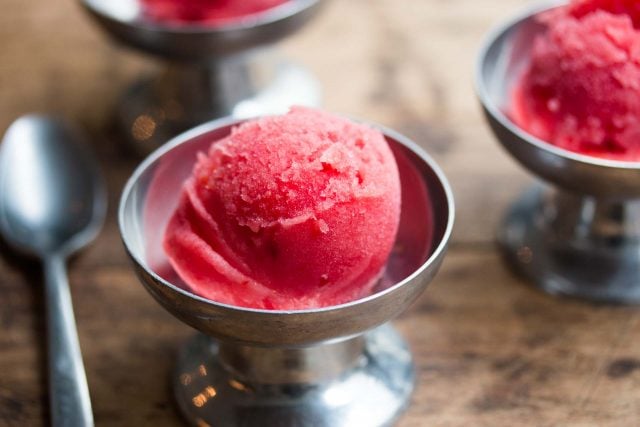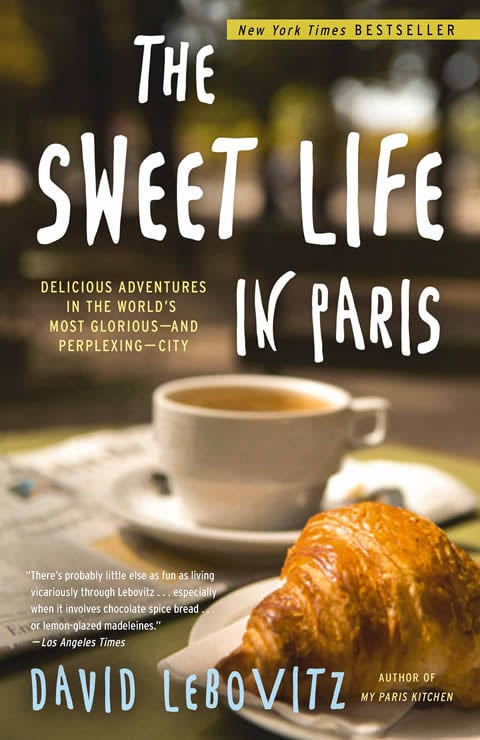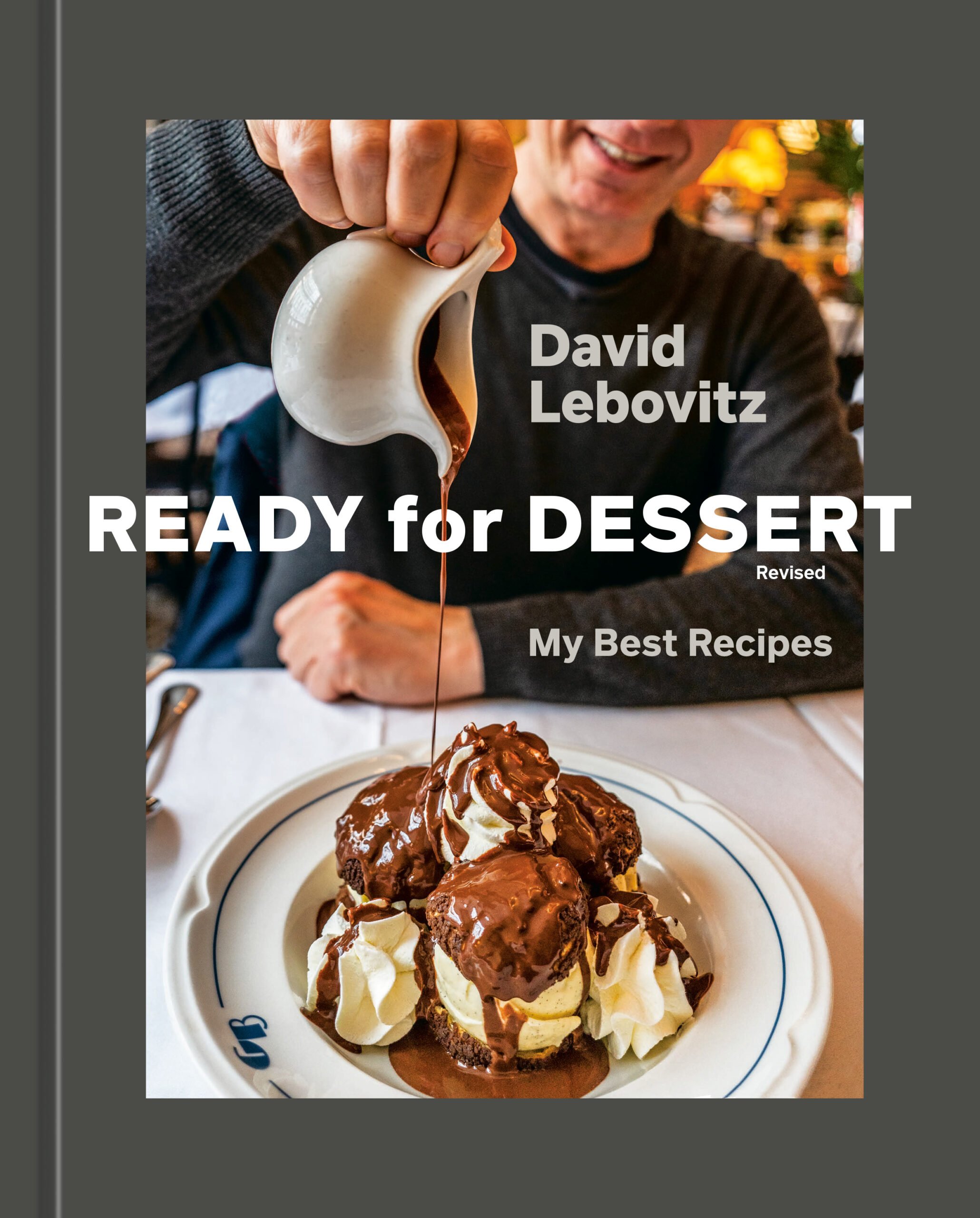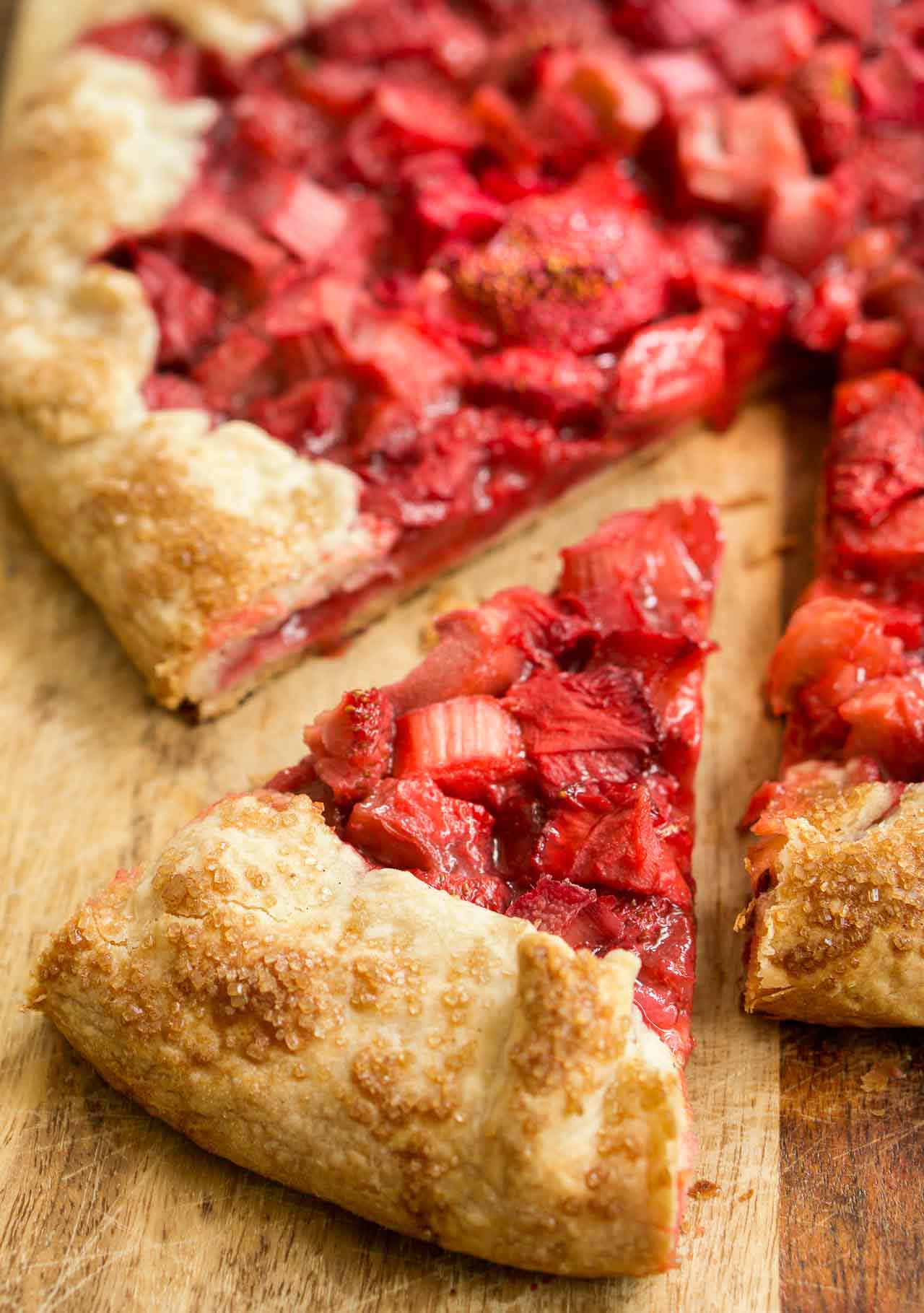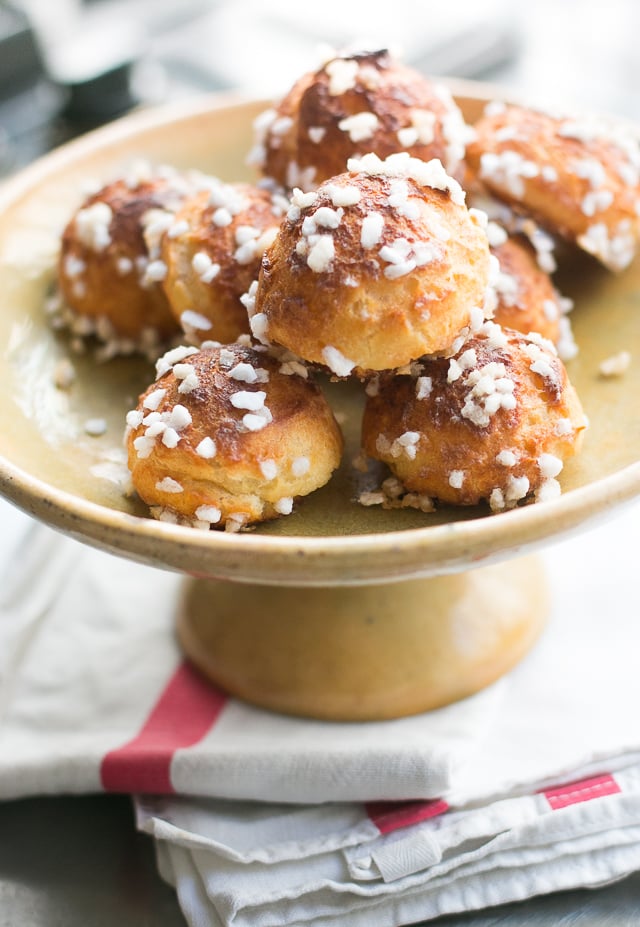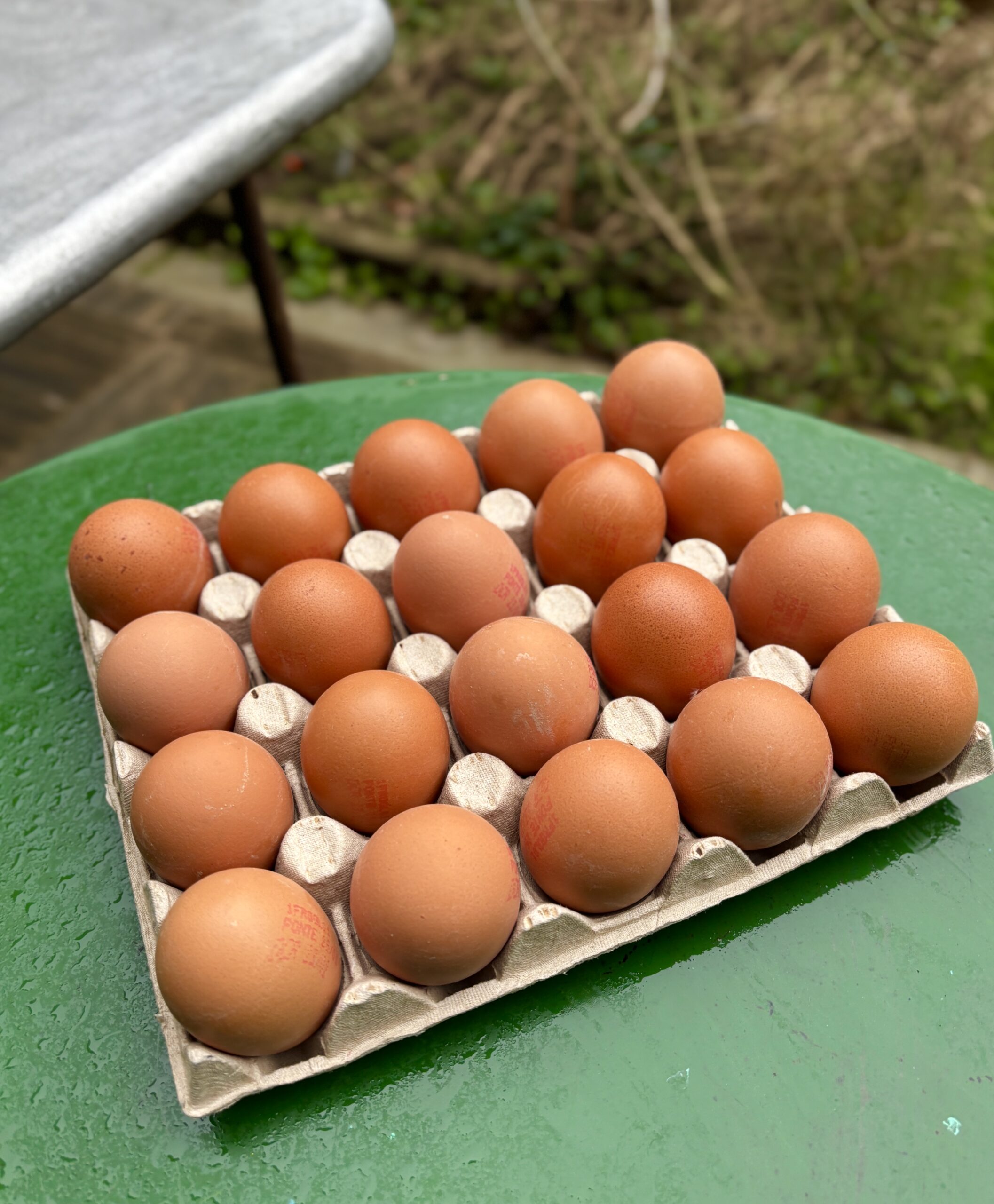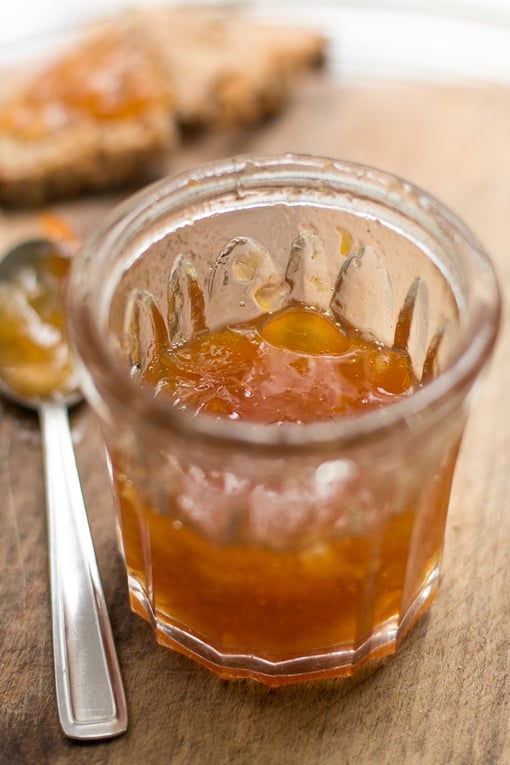Orange Sorbet Recipe
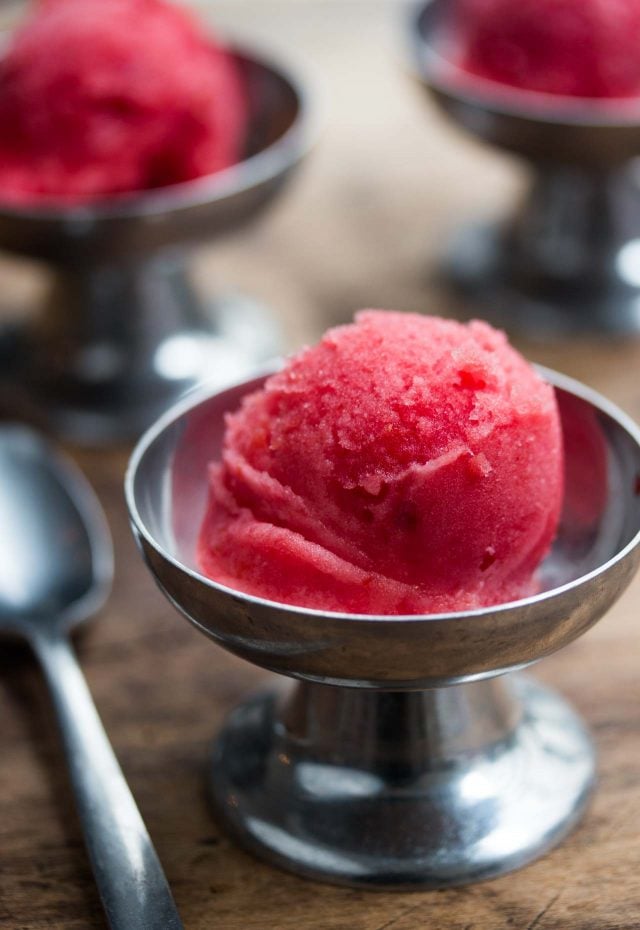
For some reason, people think I eat out all the time. I like eating in restaurants, but I really like to cook make for myself and friends. When I do, I get to pick and choose exactly what I’m going to make, what I’m going to put into it, and how to cook it. I become the proverbial free man in Paris. At least in terms of cooking and baking.
Working as a pâtissier for so many years, people assumed that I want or make complicated, fancy desserts bulging with buttercream and towering with spun sugar, foam, spheres, and powders strewn all over the place. While I appreciate the work and skill that goes into those kinds of things, I really like simple food, especially after a big meal. I’m happy with simplicity, especially when it involves finding the best fruit at the market and taking it home and doing as little to it as possible, so it shines in the best possible way.
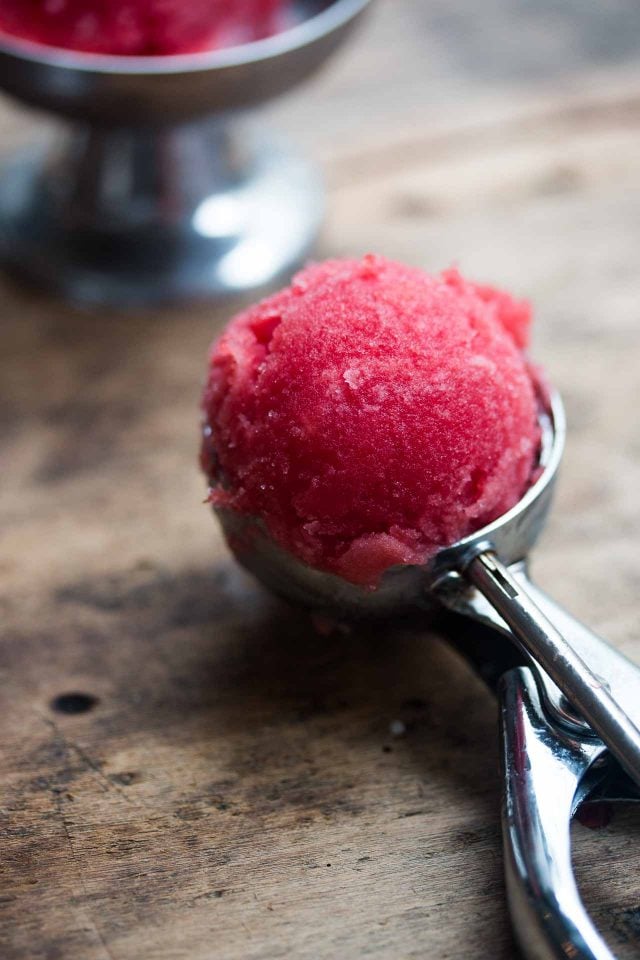
I’ve been writing a bit about Korean food, but Japanese cuisine is a pretty good example of how I like to eat. Japanese food shares something with French cuisine; start with good ingredients, and don’t over complicate them. Let the flavors shine.
I recently read Untangling My Chopsticks by Victoria Riccardi, about her studies of the food and ritual of tea kaiseki in Japan, and observed: “Through tea kaiseki I genuinely had come to believe that when you leave a meal, moment, or place not quite completely satisfied, you cherish it that much more because it was ephemeral and left you wanting.”
That was an interesting observation and remembered when Alice Waters was kind enough to write an introduction to Room for Dessert, my first book. She compared my sensibility to a perfect glass of tangerine juice that she was served in Japan for dessert. It wasn’t complicated, but the cool-sweet sensation of that little glass of juice hit exactly the right note after dinner. I always find desserts like that to be the most appealing, too.

Being citrus season, my market is exploding with colorful oranges sanguines. The merchants always slice a couple of blood oranges open and leave them facing outward, which act as a beacon to shoppers who marvel at their color, and can’t resist bringing a few home. When I started working at Chez Panisse back in the 1980’s, not many Americans had seen red-fleshed oranges, and customers were forever asking me, “How do you get the oranges that color?”
At the time, we’d gotten ours from Italy, but times have changed and now blood oranges are grown in America, and depending on where you live, they’re readily available. If they’re not, I think they’re worth moving for.
Orange Sorbet
- 3 cups (700ml) freshly squeezed blood orange juice , (or regular orange juice)
- 3/4 cup (150g) sugar
- In a small nonreactive saucepan mix 1 cup (250ml) juice with sugar.
- Stir over low heat until the sugar is dissolved.
- Scrape the dissolved sugar and orange juice into the remaining 2 cups of blood orange juice.
- Chill thoroughly, then freeze in your ice cream maker according to the manufacturer's directions.
Notes
Links
Oranges by John McPhee (A fascinating book on oranges.)
Making Ice Cream Without A Machine
Tips for buying an Ice Cream Maker
